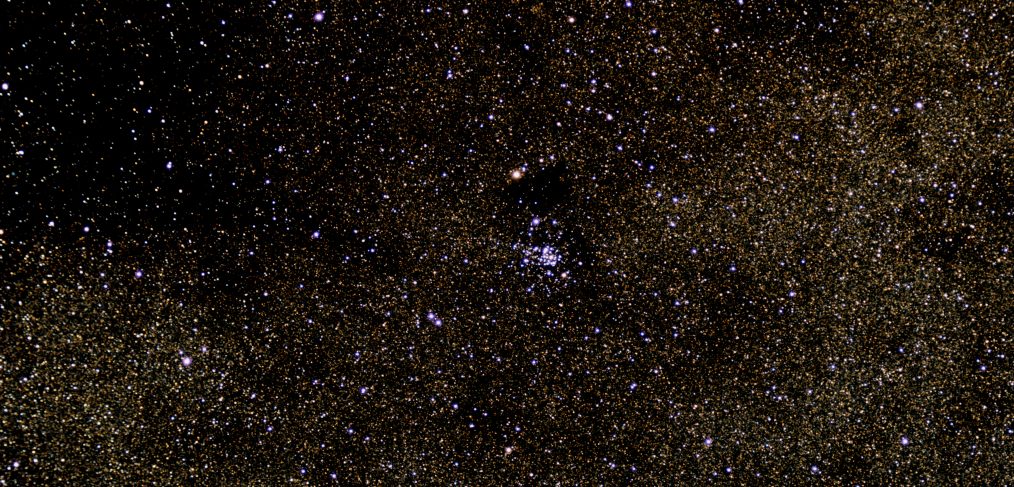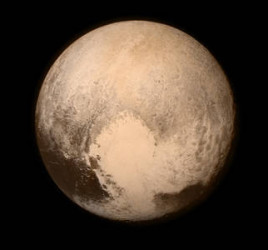
Twinkle, Twinkle Little Star
Why do stars twinkle?
When we look directly upwards at the stars from sea-level, we are looking through 60 miles of air. When we direct our gaze horizontally and see the twinkling stars we are looking through 700 miles of air. Stars twinkle, glitter, dance about and change color fiercely from the effect of the refraction of their light through the great volumes of moving air. Depending on atmospheric turbulence stars appear to have various amounts of twinkling.
Viewing with a telescope enhances the colors and movement.
Telescopes magnify and concentrate the light of dim stars. When viewing the twinkling due to refraction at low angles of view, put the telescope out of focus to see a disco ball of sparkling colors. The spectrum of the star is spread out and shimmers and dances in the kinetic atmosphere. The star will also dance about as it shimmers. Differing densities of air can bend the light path of a star and make it seem to jerk and move about.
Mapping Stars requires avoiding low angles of view for accurate measurements.
Early Astronomers making star maps became aware that only in the circle 60 degrees above the horizon, could they get accurate X and Y locations of the stars. At low angles of view, the vertical dimension became compressed as star light was bent by atmospheric refraction. This resulted in mapping projects sending equipment and astronomers to various latitudes to accurately map the entire sky. Harvard Observatory began in the 1880’s an accurate survey of the stars. They used Photography to record the raw data. Teams traveled to many latitudes to capture images of the stars above 60 degrees from the Horizon. At great cost and effort, they finally published all of their data in 1915. A team of 40 women were hired as human computers to process the photographs. They measured the X and Y positions of stars on the glass plate photos and using trigonometry, accurately mapped over 855,000 stars.



